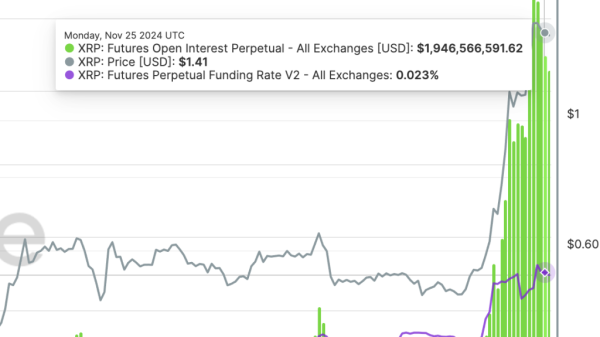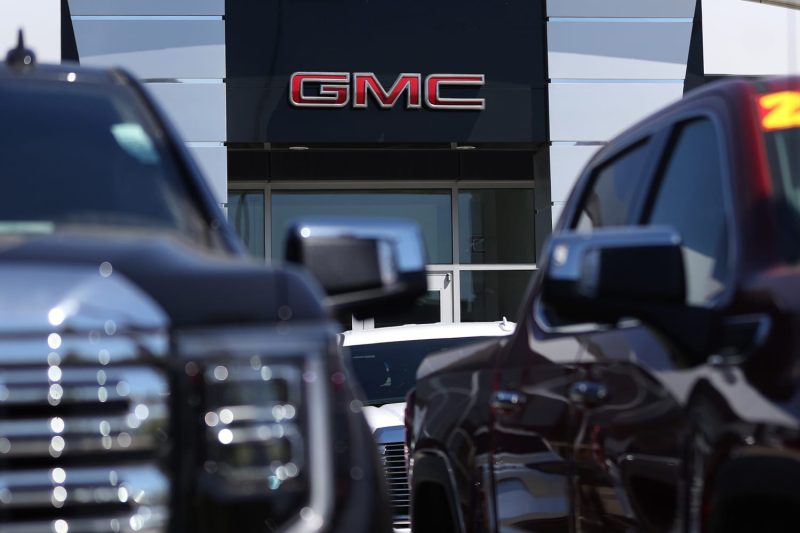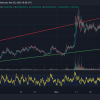Article Body:
The automobile industry is well-known for its cyclical highs and lows, and GM (General Motors) appears to be navigating a downturn. In a shocking revelation from GM, more than a thousand salaried software and services employees are faced with job termination. The said layoffs, primarily affecting the information technology services division, have sparked a wave of concern within the industry, workers, and market spectators alike.
GM’s decision to trim headcounts comes amidst shifts in vehicle demand, ascendant costs, and ongoing restructuring efforts. Despite a solid market recovery since the pandemic-induced chaos, the automobile giant has found it challenging to maintain an equilibrium between dwindling resources and ambitious futuristic ventures.
The individuals majorly affected by these layoffs are those in the software and services categories. This move by the business giant, though abrupt, is not entirely surprising. The automotive world has been rapidly hypothesizing on a futuristic reality, often sacrificing present stability in chasing quantum leaps. GM’s move to accelerate their restructuring plan accentuates this trend.
The laying-off process at GM kicked off during the last week of July, with the majority of employees being informed of their termination on August 1. The company offered severance packages and transition support services to aid the employees in dealing with abrupt unemployment. The assistance provided includes career counseling services, job search support, and personal finance management advice to help them navigate the crisis.
The layoffs enforced by GM, however, are only part of a more comprehensive strategic makeover plan. The company is known to be investing heavily in technologies such as electric vehicles and autonomous driving. This has led to increased competition, as the whole automotive market plans to embrace a more environmentally-friendly and technology-driven enhancer. The layoffs pave the way for GM to reallocate their resources into aligning with their true long-term macro vision and business strategy.
The ripple effect of this news extends beyond the tussle of GM with its employees; it also provides insights into the stark reality of a global transition to digital and sustainable mobility. Important stakeholders, including customers, supply chain partners, and investors, are keeping a close watch on GM and other automakers as they carve out a strategy structured around the imperatives of sustainability and digitization.
An increase in workers’ layoffs, in sync with the pursuit of an aggressive reshaping strategy, underlines the disruption the automobile industry is currently experiencing. The wave of change is surging across and forcing companies to buckle up for creating a compatible business model that suits the shifting landscape. GM’s case is a prime example of conventional giants being compelled to evolve to stay relevant in the face of a rapidly changing industry.
The layoffs, although unwelcome news for the affected employees, also bare the harsh reality of repositioning required for survival. The job losses are indeed a warning of the turbulent tides that might impact many others. Amidst this turbulence, it is critical to remember that these moves are part of the larger picture of transitioning to an age of sustainable mobility.
The GM layoffs have further ignited contemplation over the rapidly changing employment landscape. With digital automation and evolving technology drastically shifting job requirements, both employers and employees are pushed to adapt. While the job cuts are an unpleasant reality of our evolving world, transparency and continuous evolution,






























